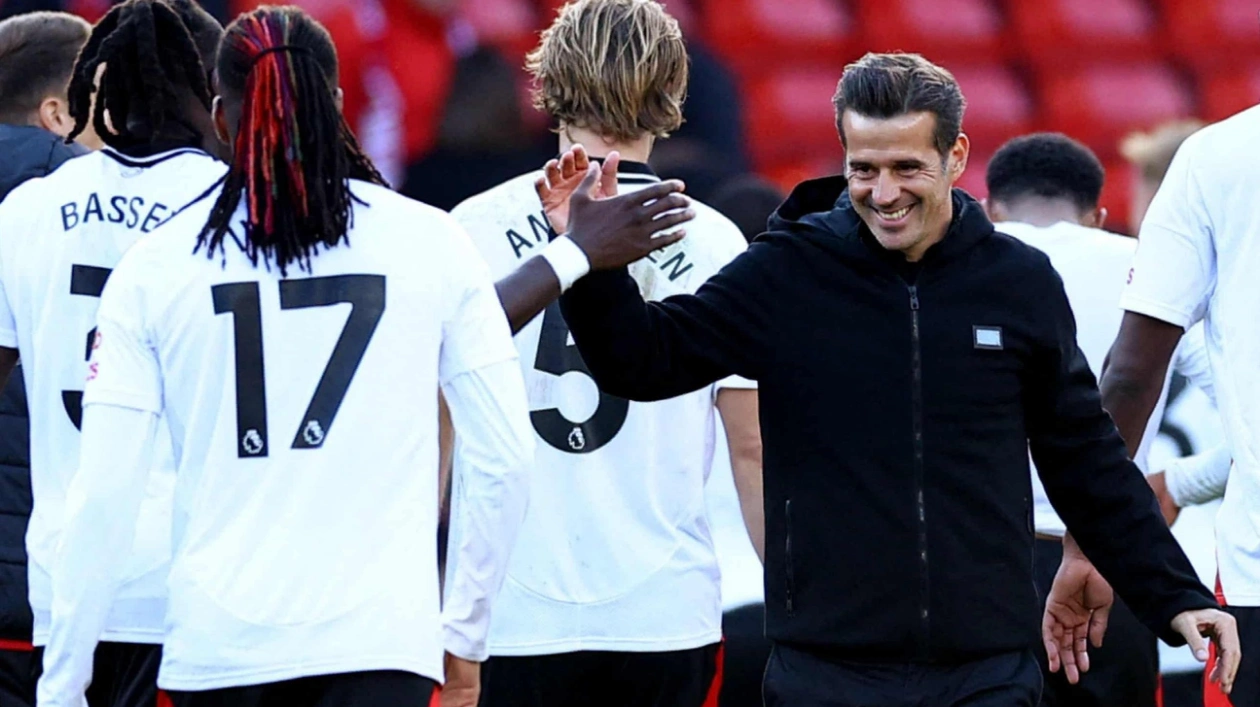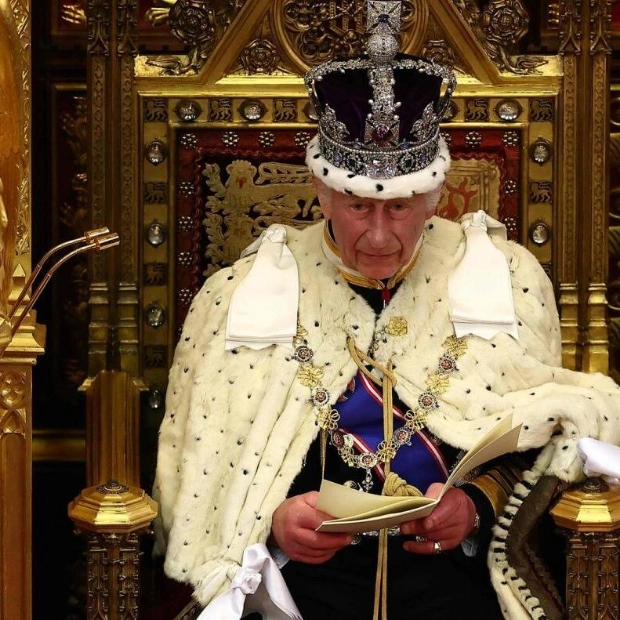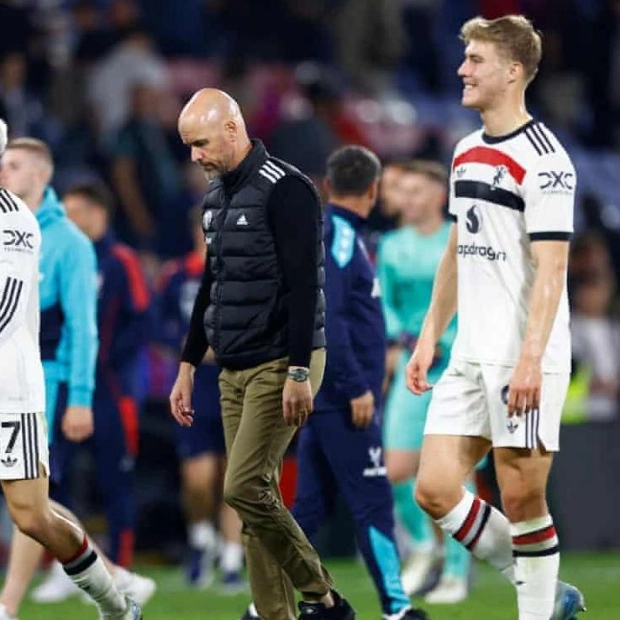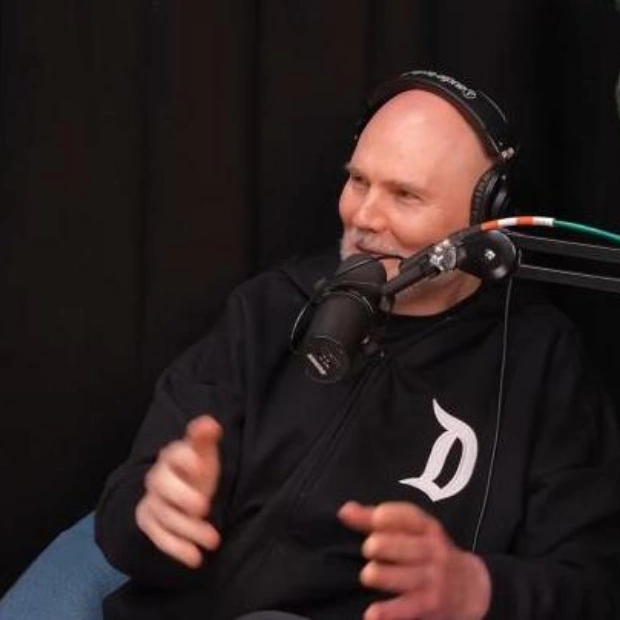Fulham were widely expected to regress this season. Despite their efforts to retain João Palhinha, the key midfielder opted to join Bayern Munich in the summer. Additionally, they have struggled to find a reliable goalscorer since Aleksandar Mitrovic’s departure and lost several first-team players in the recent transfer window. However, early results have dispelled concerns of a decline. Fulham currently sit sixth in the Premier League, up from 11th at this stage last season.
The departure of Palhinha presented a unique challenge: replace an irreplaceable player or adapt without him. Marco Silva chose the latter. Without their midfield enforcer, Silva has pushed Fulham higher up the pitch, now deploying the fifth-highest defensive line in the league, behind only Manchester City, Brighton, Tottenham, and Arsenal (Fulham ranked 17th last season). Joachim Andersen, the former Crystal Palace center-back, has become the linchpin in this system revamp. The Dane has transformed Fulham’s buildup play, using his passing range to connect with players like Alex Iwobi, Emile Smith Rowe, and Adama Traoré with long diagonals. His technical prowess ensures the opposition rarely disrupts the new high line.
“We really pushed the board to sign Andersen,” says Silva. “The club made the effort, and we are delighted to have him with us due to his leadership, maturity, understanding, and knowledge about the Premier League. We need to assemble a team with certain attributes, and Andersen has them all.” Instead of pairing a ball-winner like Palhinha with a traditional box-to-box midfielder, Silva has restructured the midfield to allow Sasa Lukic and Andreas Pereira, along with Traoré, Iwobi, and Smith Rowe, to win the ball back collectively, rather than relying solely on one player to recover possession in deeper areas.
“When you don’t concede goals, it’s not just because of the back four or the goalkeeper,” says Silva. “It’s up front with the way our striker and offensive midfielder start to press. The organization from our midfielders is really important to help the back four. We’ve been improving in that respect.” Having players who have featured at other Premier League clubs, especially together, has made this system change smoother. “It took a little time for Adama to reach his best level after he first signed. This season, it’s completely different,” says Silva. “He had a proper pre-season and now he has to maintain his level because he’s not an easy player to stop when he’s at his best.”
Fulham are off to their best Premier League start in 20 years, with just one loss, against Manchester United on the opening night of the season. Though Silva has downplayed talk of European qualification, a top-half finish seems achievable. However, a major test awaits against Manchester City on Saturday. The champions have won their last 16 meetings with Fulham in all competitions—the longest streak of any English side against another. Fulham have not won at the Etihad Stadium since 2009 and last season conceded nine goals in their two league meetings. A defeat to City would not derail Fulham’s progress or diminish the impact of Silva’s system overhaul. But their performance will be a crucial measure of whether the team is ready to take the next step.
Although Pep Guardiola is missing Rodri, Silva has noted a new “unpredictability” to City’s play, especially in how they create chances for Erling Haaland. “Any team in the world would miss something if they lose a player like Rodri because he’s almost impossible to replace, but clearly, they have other solutions, and if anyone has solutions, it’s City,” says Silva. “Rodri is a special player, and of course, that’s not good news for Pep. But that’s Pep’s problem. We have to look at ourselves and see how we will approach the game.”






